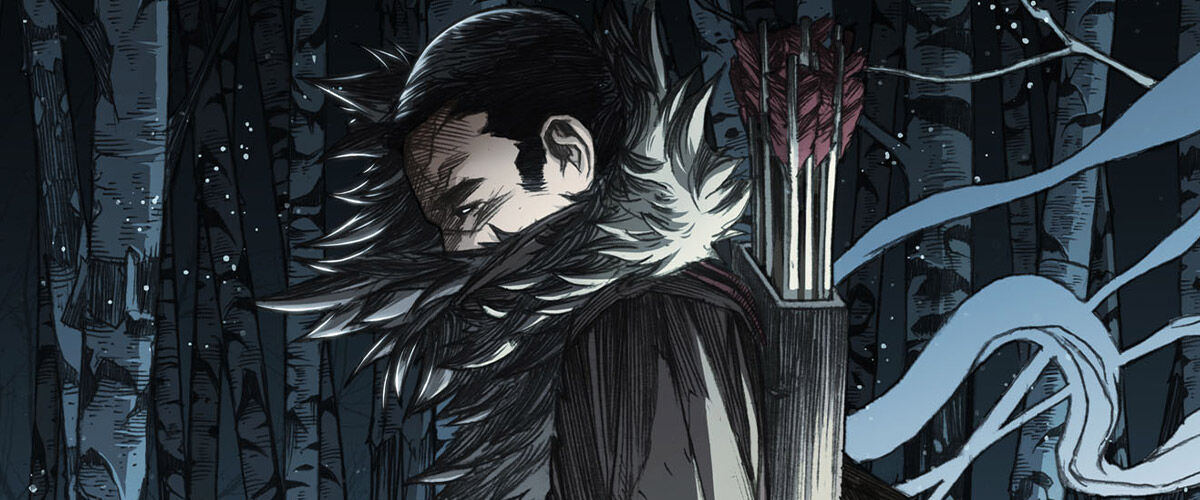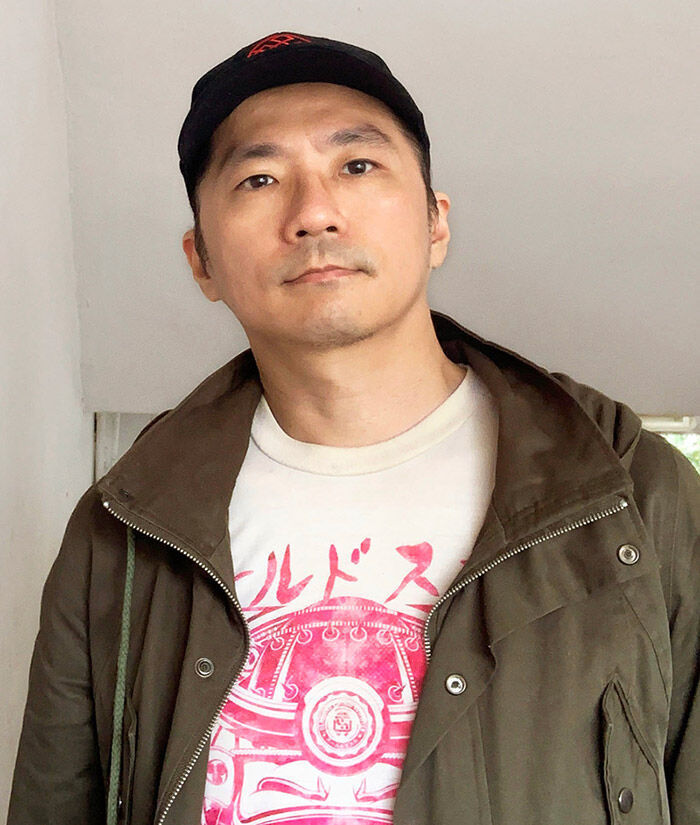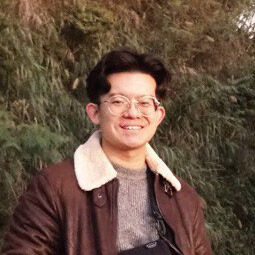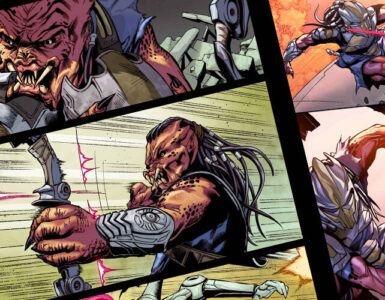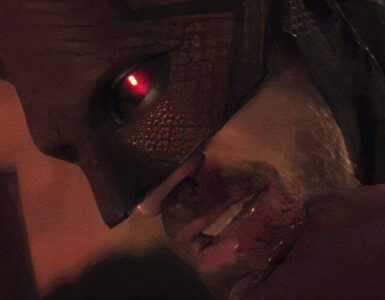By all accounts, Elvin Ching shouldn’t have become a comic artist, especially not growing up in Singapore where creative careers are viewed more as indulgences than viable pursuits. But despite growing up in a noisy shophouse with his grandfather, weathering family upheaval with his elder brother and sister, and facing a culture that chose pragmatism over passion, the 47-year-old chose art, and art eventually chose him back.
A one-time waiter, laundry boy, telemarketer, and even mechanic while serving his national service, Ching is now best known for his meticulous illustrations and storytelling, most recently for The Woodsman, his debut graphic novel that helped him rediscover a love he nearly lost. In a career that has spanned freelance graphic design, storyboarding, and finally full-time comic artistry, Ching’s journey is not only marked by perseverance, but by a quiet defiance of expectations both external and internal.
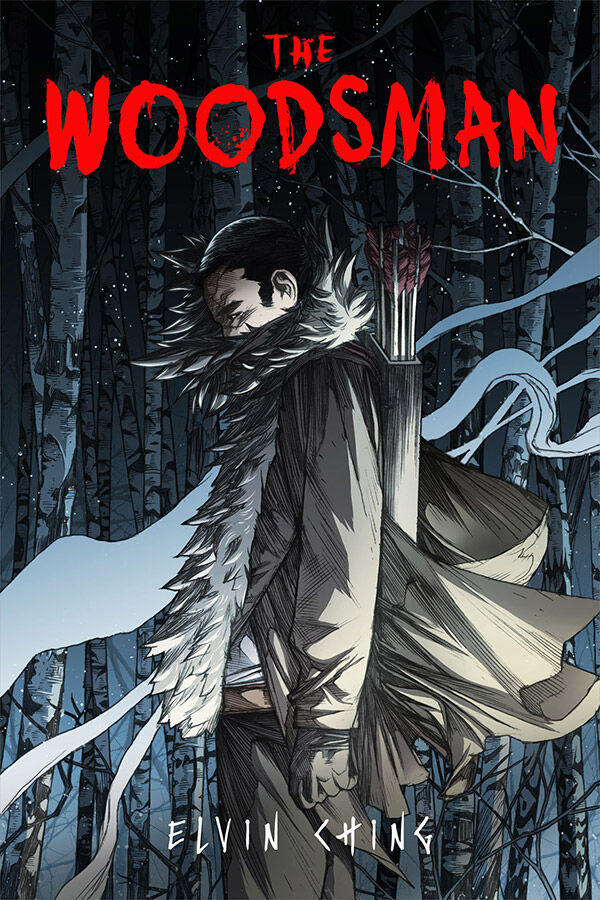
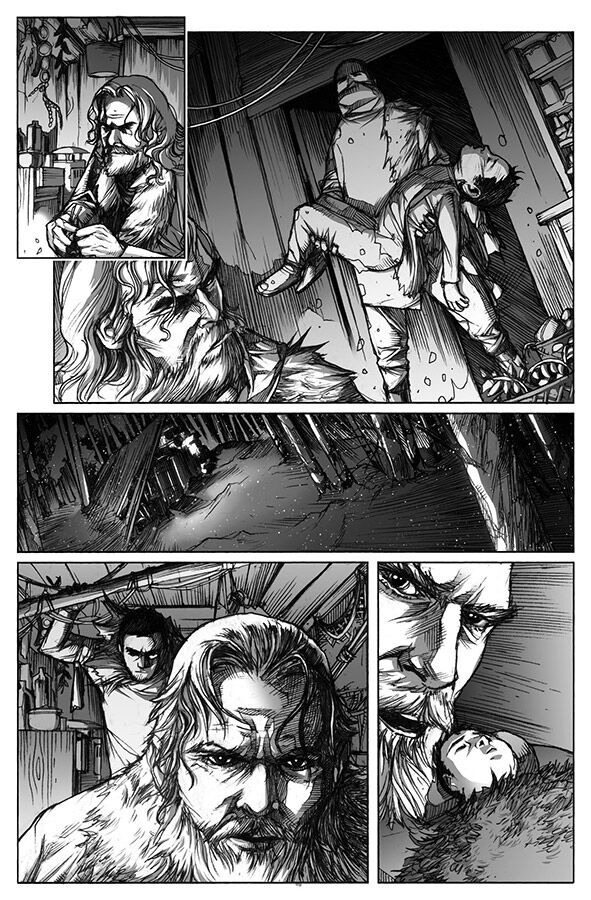
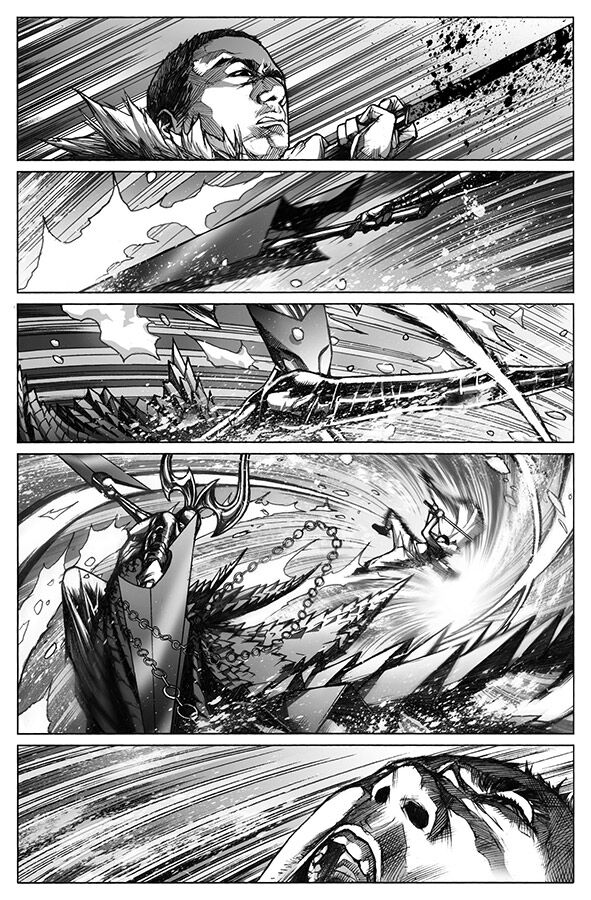
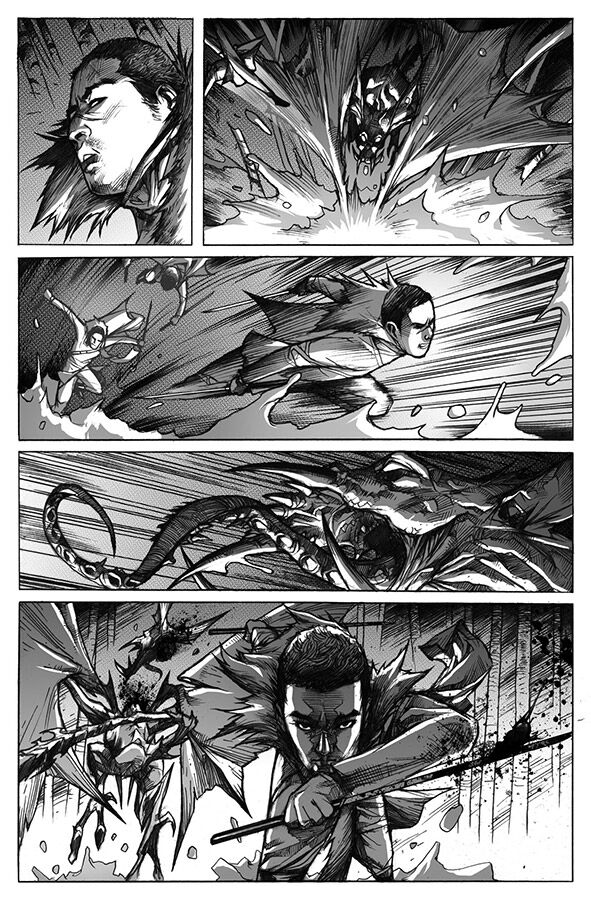
And it was a huge surprise when Marvel Comics came knocking and invited him and four other artists from around the world to Paris Disneyland to participate in the Marvel Art Atelier program for comic artists earlier this year. Still, he downplays the recognition accorded by the program, noting that he wasn’t picked because he was good, but maybe just good enough.
“I think that while they weren’t looking for a ‘perfect portfolio’, they were looking for work of some level of competence and commitment, as in it isn’t just about good art and style, but the work had to reflect tenacity and endurance as well, that they could help elevate,” he rationalises in an interview with Geek Culture.
“I believe they saw my determination to impress and impact by the level of detail I put into my work, and that’s what made them see me as a promising artist deserving of a little extra boost and encouragement.”
In the short time under the program, his journey towards global recognition has been chronicled in a Marvel Art Atelier video, where the quintet had the opportunity to not only visit the theme park’s many attractions, but also meet and learn from notable Marvel Comics artists Simone Di Meo (X-Men of Apocalypse), David Messina (Ultimate Spider-Man), Pepe Larraz (The Amazing Spider-Man) and Esad Ribic (Thor: God of Thunder).
“I was aware that I was the only Asian there, and I did feel proud and extremely lucky to represent. But at the same time too, it didn’t matter much because when all of us met, we didn’t feel like we were defined by our different nationalities. And that was the beauty of it, that we were brought together by our shared love for comic books and creating art, and it transcended race or nationality.”
Under the guidance of the professional artists, Ching had the privilege of personal tutelage, and their experience and sharing challenged his perception of his own abilities. Even though it has been months since the course, he’s still unpacking all that was taught to him and his group. But this experience of continued learning is also not new, as the youngest of three siblings never grew up with a support group, with Chin being the only one in his family to venture into the creative field.
“I grew up in a very practical environment, so it was concerning to my dad that I wanted to pursue comic books,” he admits with a laugh. “At that time, there was no feasible opportunity to do that in Singapore.”
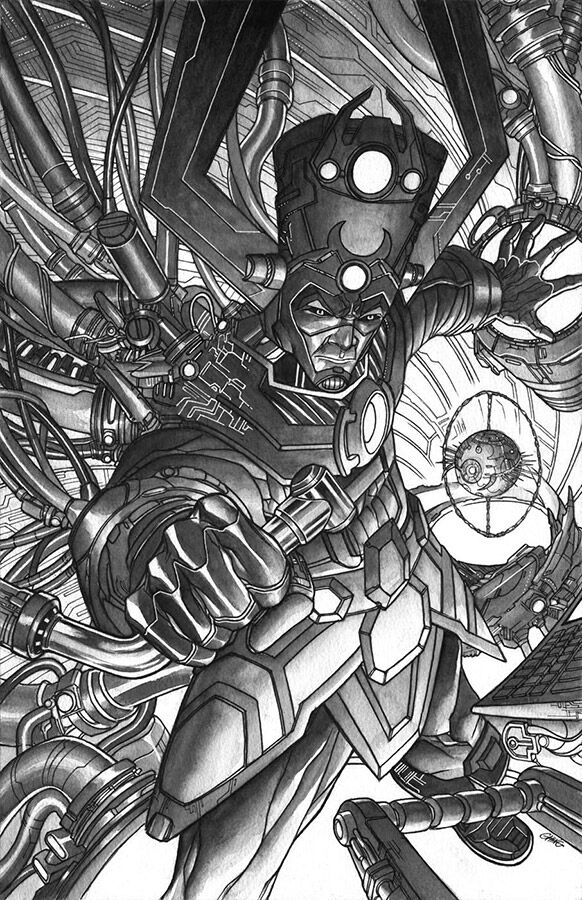
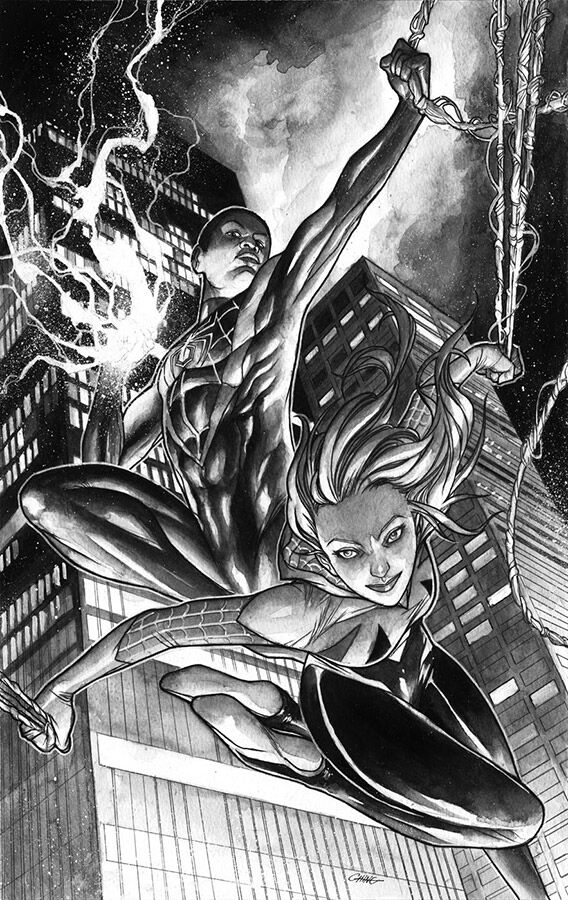
Despite his father’s understandable scepticism towards his ambitions, Ching found a middle ground by studying Graphic Design at Temasek Polytechnic. It wasn’t quite drawing for the industry’s Big Two – Marvel or DC Comics, but it was the closest acceptable compromise.
And yet, the dream of drawing comics never left him. “I never gave up hope,” he says. He worked odd jobs and eventually became a freelance graphic designer, slowly steering his work toward storyboarding and illustration. “I consider myself a full-time comic artist right now,” he says, with a calm confidence that’s clearly hard-earned.
Ching’s love for comics took root early. Amidst the chaos of a fractured home life, comics became his refuge. Raised in his grandfather’s shophouse with workers constantly filtering in and out, Ching was drawn, perhaps inevitably, to the quiet focus and narrative control that comic books offered. Introduced to the medium by his siblings and cousins, he quickly became enchanted by both the art and the storytelling. It was reading Alan Moore’s (Watchmen) work that cemented his calling, however.
“His writing moved me a lot, and I couldn’t believe such powerful stories could be told in this medium. I decided then that drawing comics was what I wanted to do for the rest of my life.”
And it was through the artists he grew up with, via the likes of Mike Mignola, Bryan Hitch, Pepe Larraz, Olivier Coipel and Mahmud Asrar, that he knew he wanted to imbue his art with a lot of detail, and offer very strong contrast in his style.
“My all time favourite comic artist is Leinil Yu as he’s really strong in his silhouettes, and his style is dynamic and incredibly detailed when it needs to be.”
Despite his talent and successes along the way, the journey hasn’t been easy and “the biggest challenge is poverty,” he says plainly, though not without humour. But beneath the jokes lies a painful truth, that Singapore’s art scene, while growing, remains limited in scale and infrastructure.
“The stigma of creative professions is… stronger here,” he says, citing the country’s pragmatic culture and small population, “It is a very practical society that [isn’t] as supportive of artistic endeavours, [and we have] a smaller population [that] also means a smaller patronbase that can’t support local artists enough to give them the initial boost they need to gain their legs. All these worked against me.”
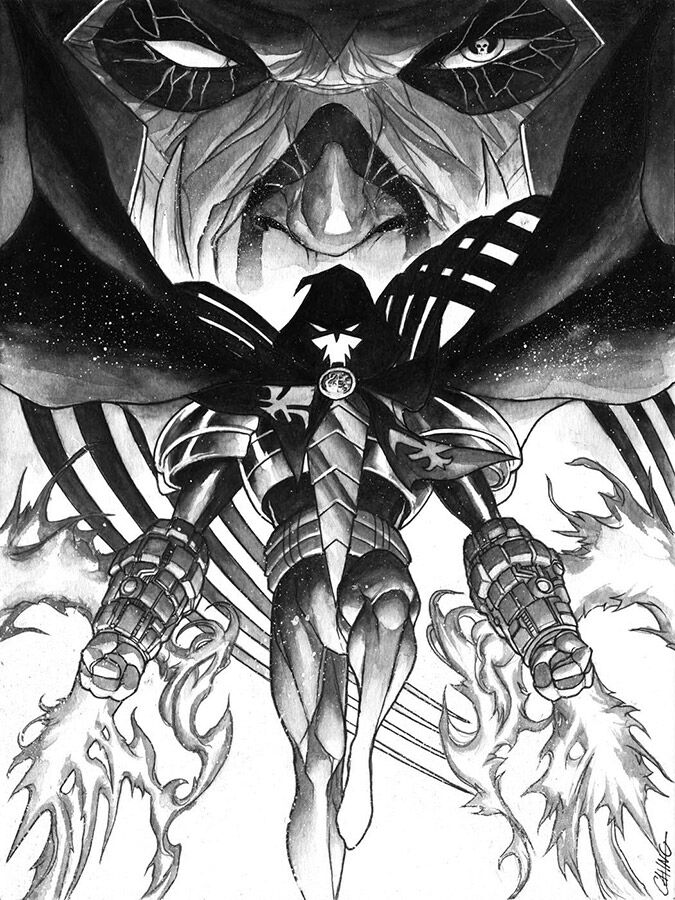
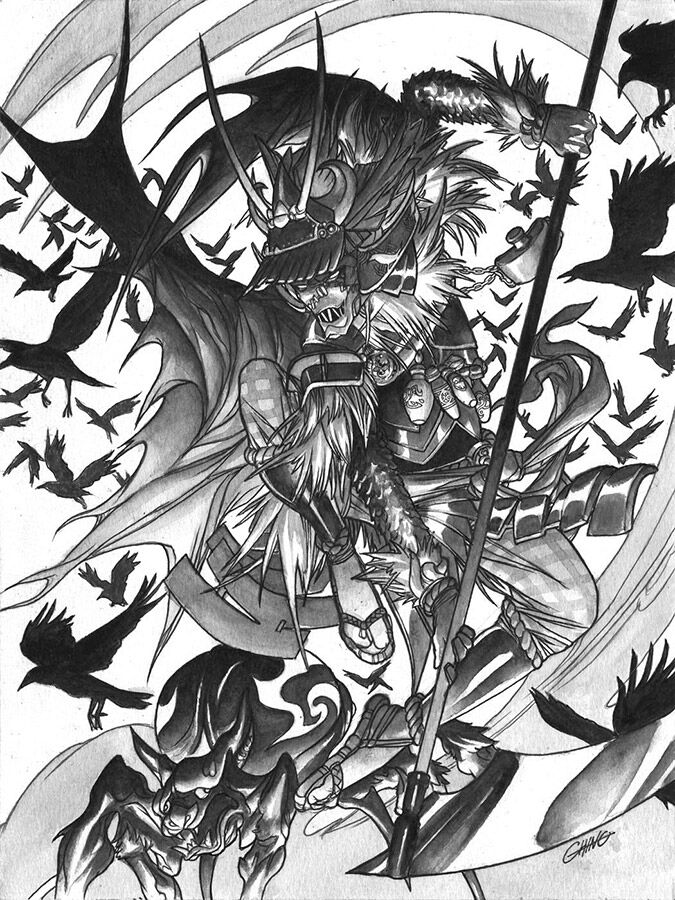
Even more daunting than societal obstacles, though, was his own self-doubt. “If anything, I’m the harshest critic when it comes to my work,” he admits.
“My mood swings a lot from being confident to suffering severe impostor syndrome.” That internal resistance nearly derailed him, until he organised his thought processes and subsequently created The Woodsman in 2021.
Written and illustrated during a personal slump, The Woodsman was Ching’s attempt to reconnect with his art on his own terms. “As much as I wanted people to like the book, what was most important was that this book would be done for me alone, and I put everything I had into it.”
The book not only revived his passion but also earned him new recognition within the industry. “I managed to find a second chance crawling out of my funk, and I haven’t looked back since!”
These days, Ching balances his time between commissioned work, like fan art or established IPs, and personal storytelling. To him, each has its own merits, though it’s through his original work where Ching finds deeper fulfilment.
“With commissioned work, I learn more of how to interpret. It is a wonderful challenge to see if you can inject your own take into a character or comic that you enjoy,” he says.
“But with The Woodsman, I am creating a universe from scratch and effectively playing God! When you write/draw your own story, you get to put in 100 per cent of your identity and point of view, and that is more fulfilling on a personal level.”
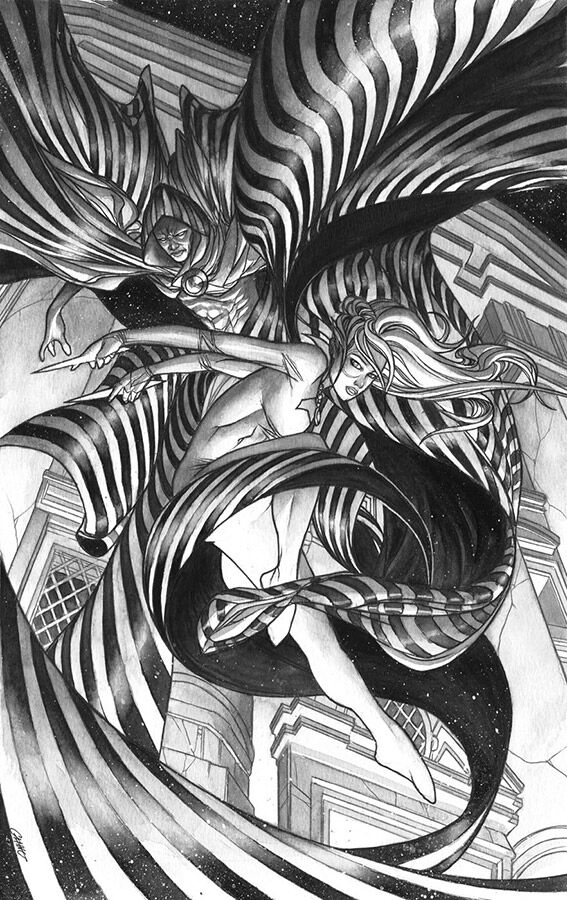
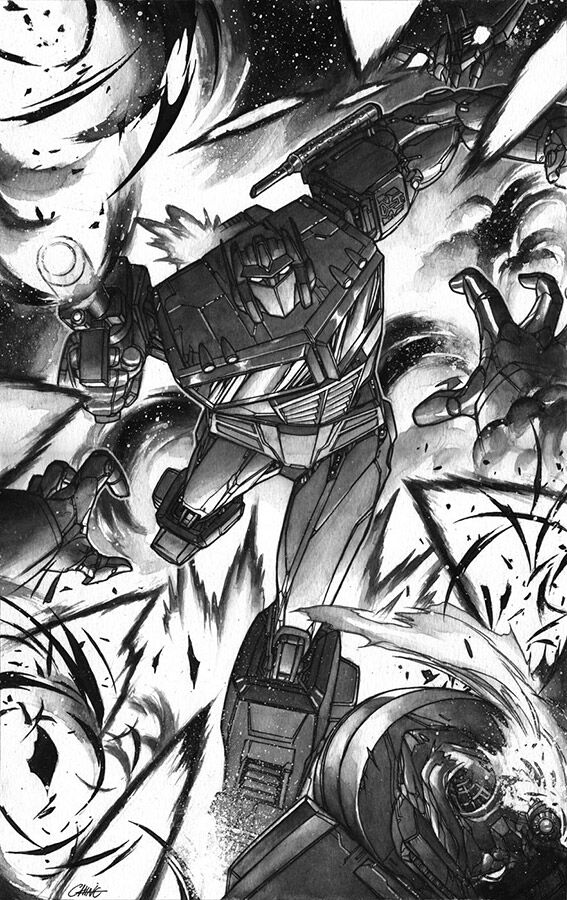
Yet he’s also acutely aware of the trade-offs, as it is harder to get an audience interested in original work.
“However, I am a firm believer that if you produce a good product, the audience will find their way to you.”
These days, there is also the rise in the use of artificial intelligence for creating art to contend with, especially since there is the capacity, and potential appetite of AI-generated art that rides on existing styles instead of developing new ones.
“AI can replicate an image or a style, but the person using AI will not experience this process behind that image. The process is not a tangible commodity but it is real and there is richness and meaning behind it; and the value of how it feeds you is beyond a quick pay cheque,” he explains.
“I feel sad that too many people miss the whole point of creating art and only crave the results. They see art as a problem to be solved but art is not a problem, it is a journey. It is exploration.”
When asked for advice, Ching offers thoughtful, hard-won wisdom that applies beyond art. “Having the right attitude is everything,” he says. “I have seen artists who started out drawing badly soar to incredible levels because they had the right attitude.” And what is the right attitude? Ching says with conviction, “The right attitude is to work hard, to be focused in your goals, [and] to always have a willingness to learn.”
He also stresses the importance of kindness, courage, and consistency. “Always try before saying you can’t do it, because it’s better to fail or be rejected than to never know. [And] if nothing is happening, don’t wait for something to happen. Keep yourself busy and do your own work. Find reasons to keep creating or practising, it will always end up being useful.”
Above all, he emphasises, “Never forget to love your work.”
His dream? A Marvel X-Men title. Given his trajectory from cramped shophouse to international workshop, it’s a dream that feels well within reach.
Despite his accomplishments, Ching remains humble and hungry, openly admitting, “I’ve barely begun to break the surface.”
Elvin Ching’s work can be found at @elvching across social platforms.
Ching is just one of the six local talents engaged by international companies. You can read our main story here, as our Little Red Dot celebrates not just 60 years of nation-building, but also the up-and-coming creators who are taking their work from our shores and on to the global stage. You can also read about digital visualisation artist Dave Oh (Lioncolony), illustrator Kang Jing and character designer Nguyễn Khanh Duy.
Conversation with Ting Wei is like chatting with a weird AI bot programmed only with One Piece lore and theories, sitcom quotes and other miscellaneous pop culture references. When he’s not sleeping, he’s highly likely reading manga. In fact, the only thing he reads more than manga is the Bible, and it’s honestly pretty close.

